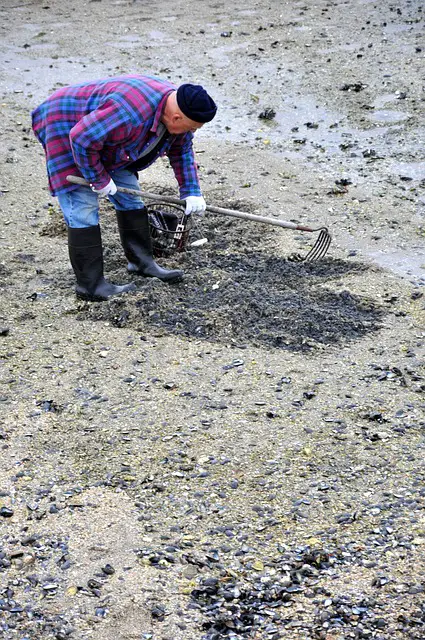Hunting is an age-old pastime that requires skill, precision, and most importantly, safety. Ensuring you have proper control over your firearm is critical, both for your safety and the safety of others around you. There are several ways to carry a firearm while hunting, but which carry gives the best control? Let’s explore the pros and cons of various carrying methods and determine which one offers the optimal balance of accessibility and safety.
The Importance of Carry Control
Before diving into specific carrying methods, it’s crucial to understand why control is so significant. A firearm that’s not properly controlled can lead to accidental discharges, injuries, or worse. Good control means the firearm is secure, the muzzle is pointing in a safe direction, and the hunter has quick access when needed. All these factors contribute to a safer and more successful hunting experience.
Popular Carrying Methods
Sling Carry
Sling carry is one of the most common methods hunters use. The firearm is slung over the shoulder or across the back, leaving your hands free for other tasks.
*Pros:*
– Hands-free convenience
– Less fatigue since the weight is distributed across your shoulder or back
*Cons:*
– Slow access to the firearm
– Control can be compromised if you have to quickly unsling
Cradle Carry
In a cradle carry, the firearm rests in the crook of your arm, often pointing downwards and slightly forward.
*Pros:*
– Quick access to the firearm
– Comfortable for long treks
*Cons:*
– One hand is always occupied
– Limited control over muzzle direction
Two-Handed Carry
The two-handed carry involves holding the firearm with both hands, typically with the muzzle pointing down and slightly in front.
*Pros:*
– Excellent control over the muzzle
– Quick access for shooting
*Cons:*
– Hands are always occupied
– Can be tiring over long periods
Which Carry Gives the Best Control?
Considering all the different methods, it’s essential to determine which carry gives the best control. The two-handed carry is often cited as the best method when it comes to maintaining optimal control over your firearm. Here’s why:
*Control Over Muzzle Direction:*
When you hold the gun with both hands, you have complete control over the muzzle, ensuring it’s always pointed in a safe direction.
*Quick Access:*
With both hands on the firearm, you can quickly bring it to your shoulder and take aim, minimizing reaction time.
*Stability:*
Two-handed carry provides maximum stability, reducing the likelihood of accidental discharges due to slips or falls.
Different situations might call for different carrying methods. However, two-handed carry consistently offers the highest level of control, making it the safest option for most hunting environments.
Situational Adjustments
While two-handed carry might offer the best control, hunters often need to adapt their carrying method based on the situation:
Thick Brush or Dense Forests
In such environments, sling carry can be more practical, giving you the freedom to use your hands to navigate through dense vegetation.
Long Distance Stalking
For long distance stalking, cradle carry might be more comfortable, reducing fatigue while still offering fairly quick access to your firearm.
Climbing or Navigating Difficult Terrain
When climbing or navigating difficult terrain, some hunters prefer sling carry to keep their hands free for balance. However, always ensure that the firearm is unloaded if you opt for this method, as it offers less control.
Best Practices for Control and Safety
Regardless of which carry method you choose, following best practices can significantly enhance your control and safety:
*Always Point the Muzzle in a Safe Direction:*
This cardinal rule should be followed at all times, irrespective of the carrying method.
*Keep Your Finger Off the Trigger:*
Ensure your finger is outside the trigger guard until you are ready to shoot.
*Be Aware of Your Surroundings:*
Always be mindful of the terrain, obstacles, and other hunters in the vicinity.
*Regularly Inspect Your Firearm:*
Regular checks can help in identifying any potential issues that might affect control or safety, such as loose screws or worn-out straps.
Conclusion
When it comes to firearm safety while hunting, control is paramount. There are several ways to carry a firearm while hunting, but which carry gives the best control? From the options available, two-handed carry stands out as the method that offers the most control, ensuring the muzzle is always pointed in a safe direction and allowing for quick access. Nevertheless, situations may require other carrying techniques, and knowing when to apply each method can enhance both safety and hunting success. Always prioritize control and safety to make the most of your hunting experience.




